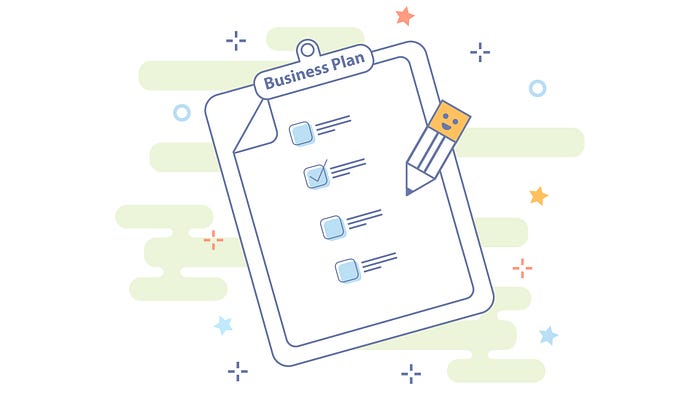One of the most important requirements for any business is an effective financial plan. The secret to any business is the ability to create and grow revenue streams while minimizing the costs necessary to operate. A solid Financial Strategy identifies and explores all the ways your business can generate revenue and takes into account all the risks and costs so that you, as a startup, can make the right decisions at the right time. In this article, we have compiled the best tips for a sound financial strategy.
Tip #1 — Do you need a plan?
Many businesses fail prematurely because of the inability to create a financial plan for the future of the business during the brainstorming phase. Without basic financial knowledge and a well-thought-out plan, a business stands little chance, no matter how niche the product or service it is trying to market.
Once we know what our business is about, we need to express the future of our business in numbers. For this purpose, we create a preliminary plan with different possible scenarios. The more relevant components we take into account when creating this simulation, the more accurate our financial plan will be.

Tip #2 — Outline your operations
Without jumping into numbers and statistics headfirst, start by outlining how you plan to operate your startup. What are the key prerequisites? A few ideas of what your key elements can be:
- Human Resources
- Tools
- Software
- Devices
- Office space
- Lawyer services
- Accounting
- Any other operating costs that are necessary for your startup to generate revenue
When you have identified the above, continue by asking yourself, “what is the absolute minimum to kick-off business?”
Tip #3 — Be realistic
Financial planning is not about dreams, it’s about numbers. An entrepreneur who realistically assesses the future and creates scenarios for success, stagnation, and eventual failure is more persuasive. Do not be biased when speculating on the possible future based on data.
Tip #4 — Include milestones
It’s important to break down the future of your business into stages and set milestones. For example, you set a goal of breaking even until the end of the first financial year, but as you approach the anniversary, you see that you are nowhere near breaking even. This milestone presents the opportunity to assess and understand why your business has not reached the goal, and you can make the right decisions based on the data.

Tip #5 — Keep your Profit and Loss statement transparent
The income statement, also known as the profit and loss statement or simply the P&L, provides a detailed breakdown of expenses and profits or losses over a period of time (month, quarter, or year). An income statement provides information about the profitability of your business and the sustainability of your business model.
An income statement can help you answer some of the most pressing questions about your business and identify potential revenue gaps for which you may need funding.
IOOGO — Professional support in financial planning
Sounds overwhelming? IOOGO offers both a Professional Accounting and a virtual Chief Financial Officer service to cover all the possible requirements your business needs to be in the right financial shape. Visit our website for more information, and do not hesitate to contact us if you have any questions.





